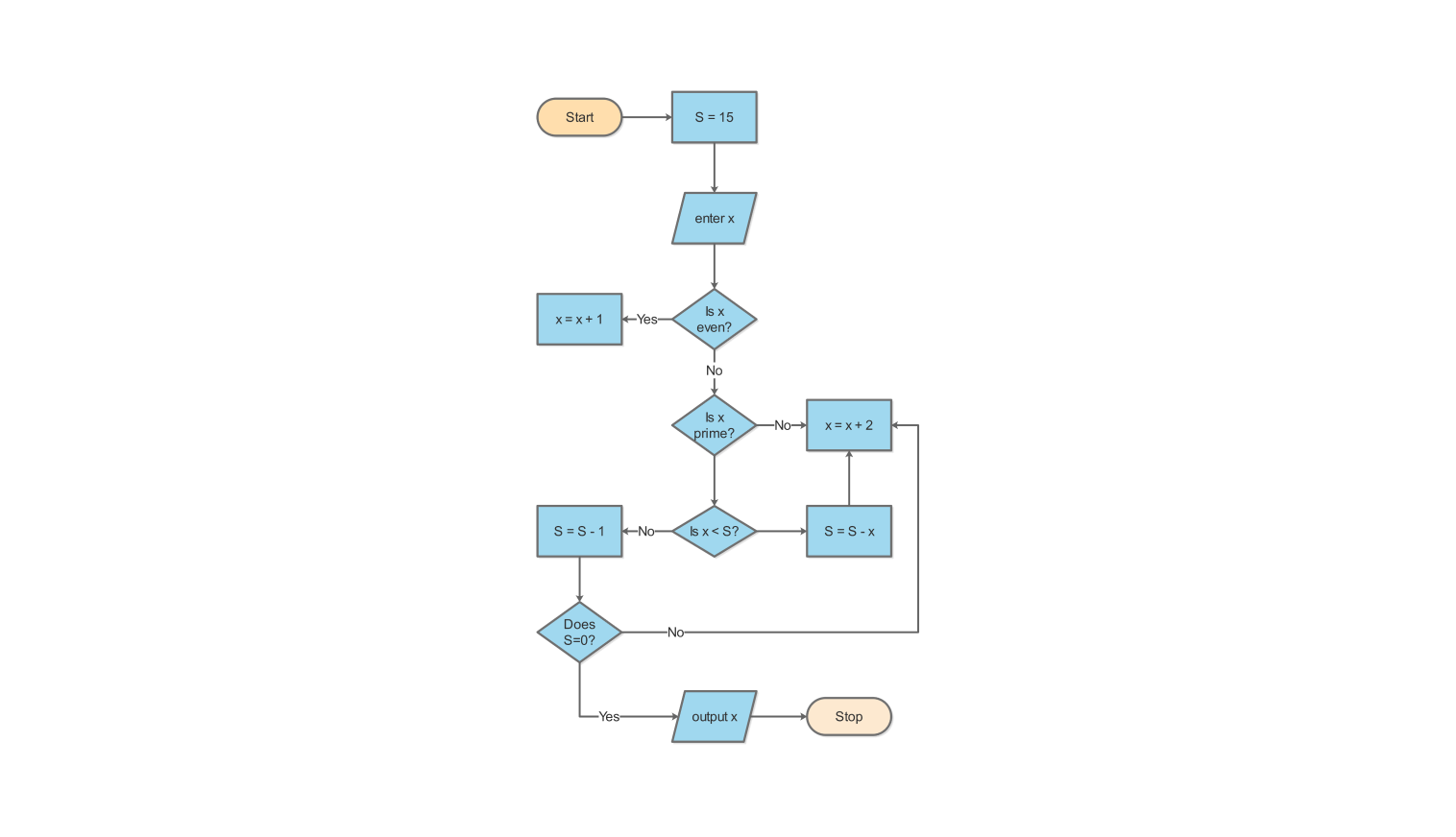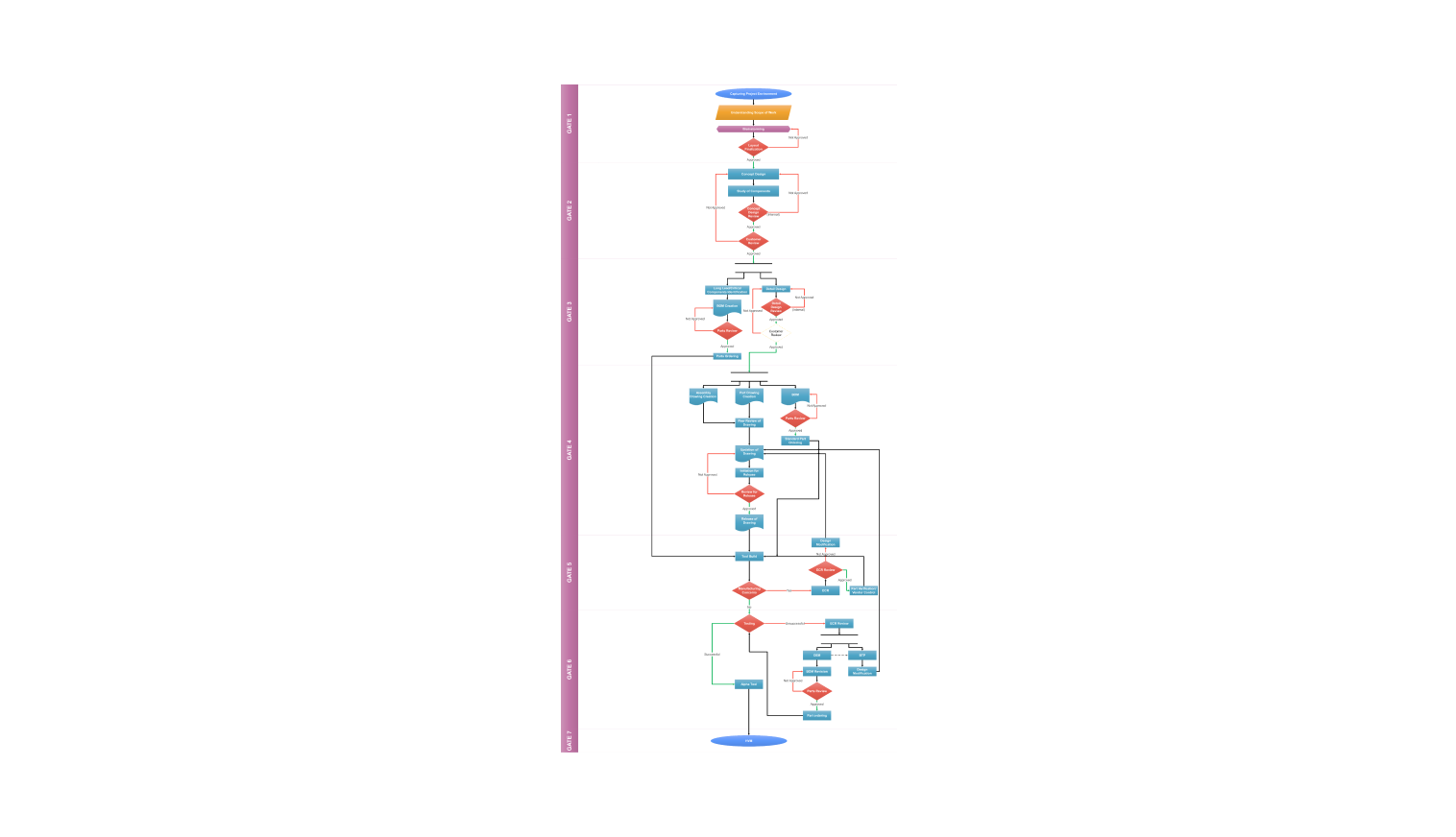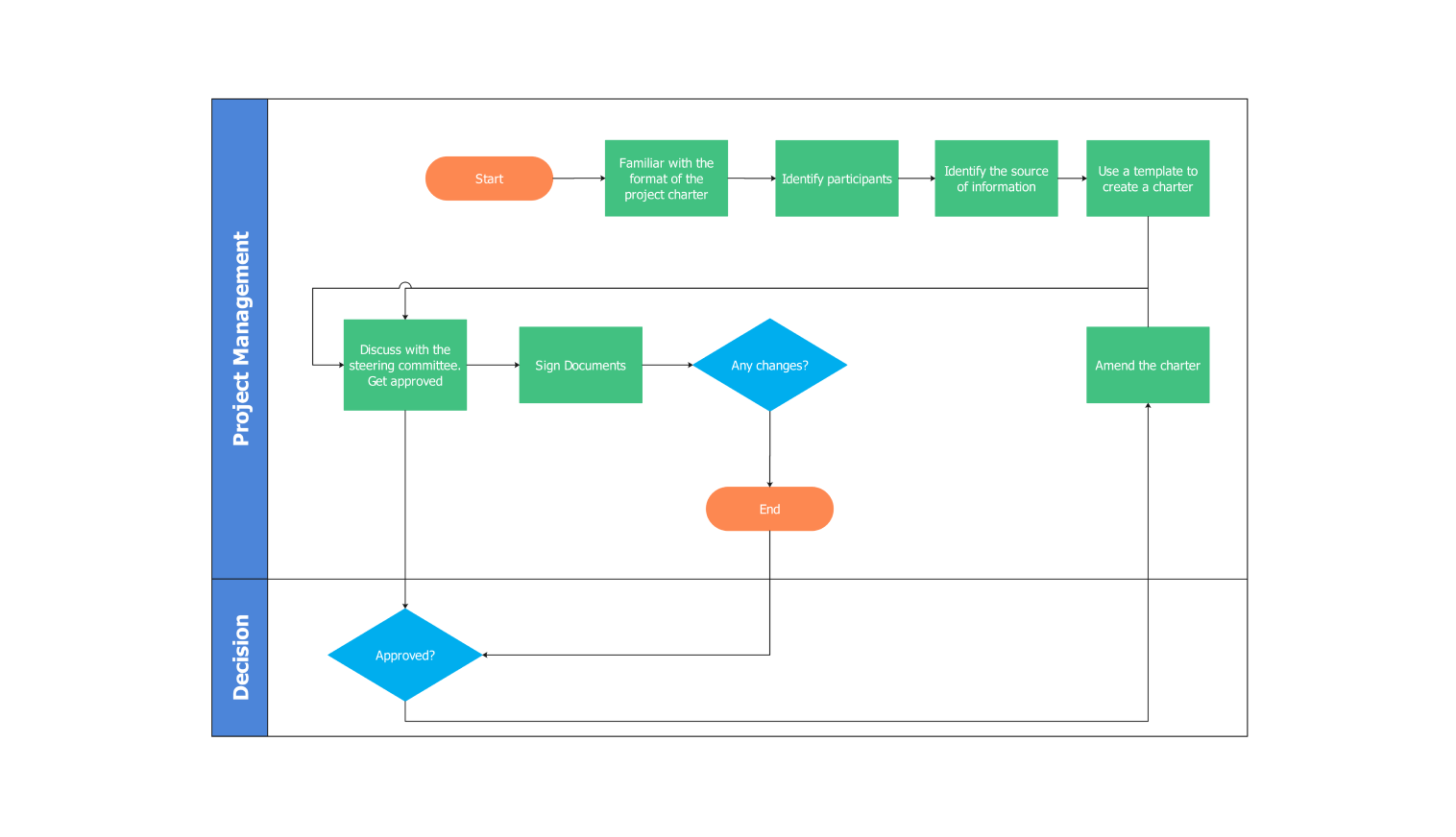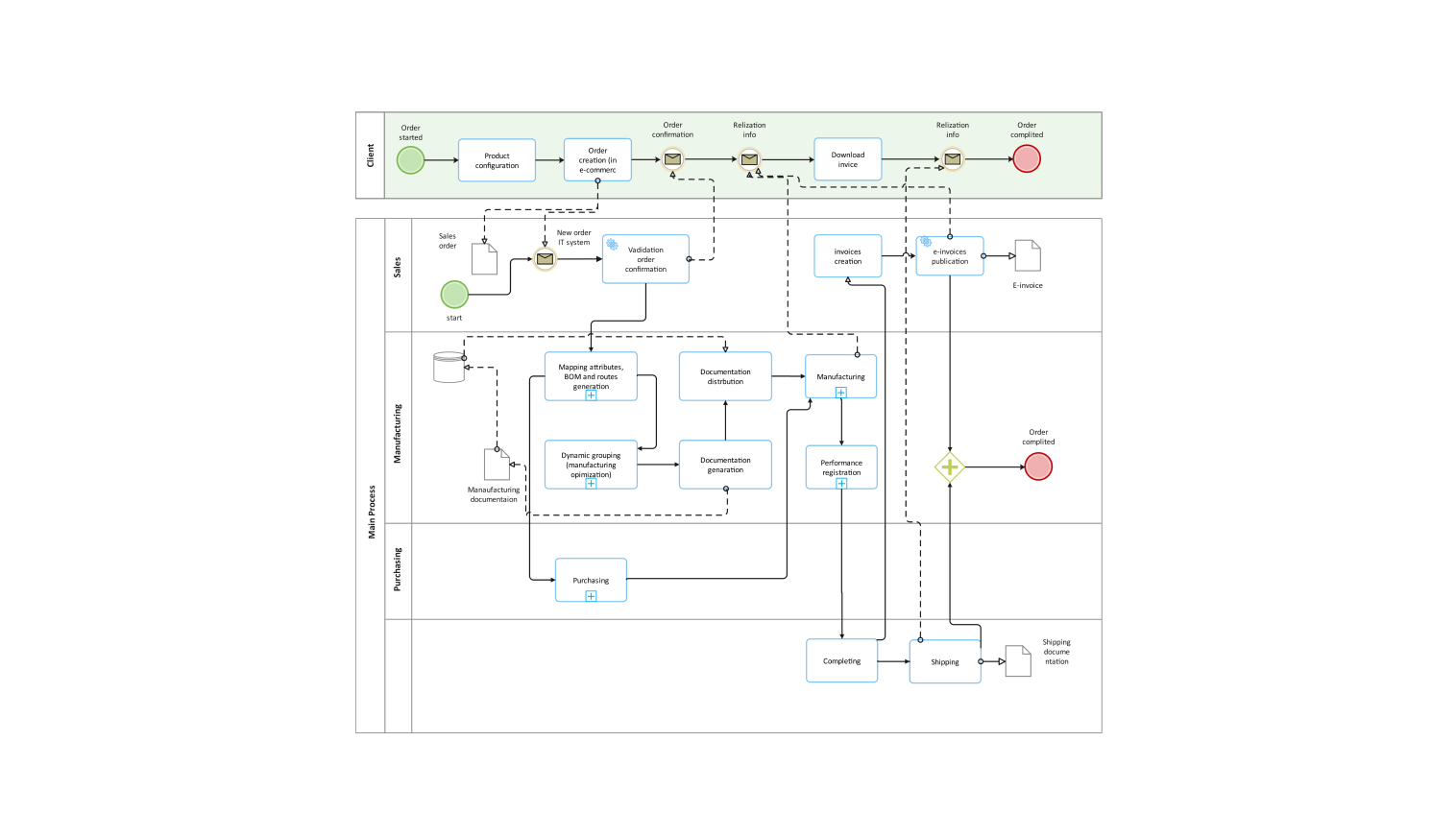- Templates
- Flowchart templates
- Algorithm flowchart template
About this template
This Algorithm Flowchart template simplifies the process of illustrating algorithms visually. It offers a user-friendly interface that accommodates various algorithmic complexities. It provides a clear framework for designing and optimizing algorithms from sequential logic to decision-making branches.
With intuitive symbols and connectors, you can easily represent complex processes in a straightforward flowchart format. Whether you’re a programmer, educator, or project manager, this template helps you map out the logical steps of an algorithm.
How to use this template
Select the Edit Online button at your screen’s top right corner.
Modify the template to suit your needs. Adjust the pre-defined texts, labels, and shapes to reflect the logic of your algorithm flowchart.
Make use of EdrawMax’s Symbols library. To add the symbol you want to use, drag and drop it to your canvas.
On the right side of your screen, click the Page Settings icon. Improve your flowchart’s readability and clarity using EdrawMax’s formatting options.
Review your flowchart before saving. Once done, save your flowchart in the format you prefer. It can be saved or shared in several formats, including SVG, PPTX, PDF, and JPG.
Who is this template for?
This template is invaluable for software developers, educators, and project managers. Developers can design and optimize algorithms before implementing them in code with it. Educators can utilize it to teach algorithmic concepts visually, enhancing student understanding. Project managers can employ it to map out project workflows and identify bottlenecks or inefficiencies.
This template offers a convenient starting point for creating algorithm flowcharts. Overall, it streamlines the process of creating algorithm flowcharts, promoting clarity and efficiency in various fields. Whether you’re a seasoned developer or a beginner, this template can greatly enhance your understanding and efficiency in algorithm design and implementation.
FAQs about this template
-
What is the difference between algorithm flowchart and pseudocode?Pseudocode is used to plan and build algorithms, flowcharts are used to visualize the general structure and flow of algorithms, and code is the actual programming language implementation of an algorithm.
-
What are the 4 types of algorithms?The four main types of algorithms are:
- Sequential Algorithm. These algorithms follow a step-by-step sequence, like a recipe. Each step leads to the next in a clear order.
- Divide and Conquer Algorithm. With this type, you break down a big problem into smaller ones, solve them individually, and then combine the solutions.
- Greedy Algorithm. Greedy algorithms make decisions based on what seems best at the moment without considering the future consequences. They choose the most immediate option that looks good.
- Dynamic Programming Algorithm. These algorithms solve problems by breaking them down into simpler subproblems and solving each one only once. Then, they store the solutions to these subproblems to avoid redundant work when solving larger problems.
Related templates
Get started with EdrawMax today
Create 210 types of diagrams online for free.
Draw a diagram free Draw a diagram free Draw a diagram free Draw a diagram free Draw a diagram free



